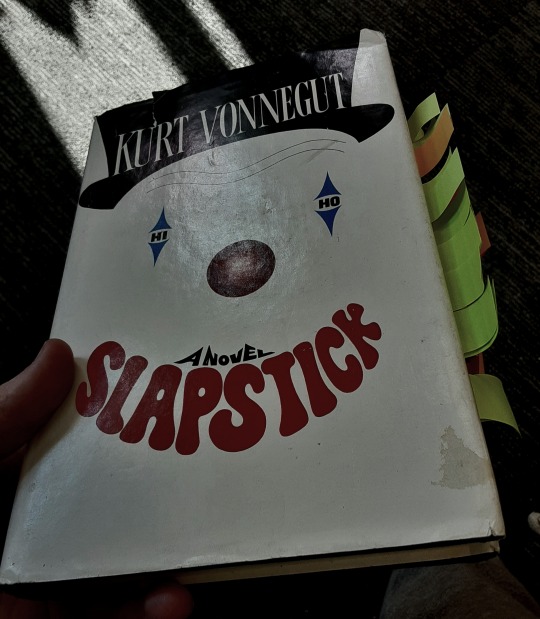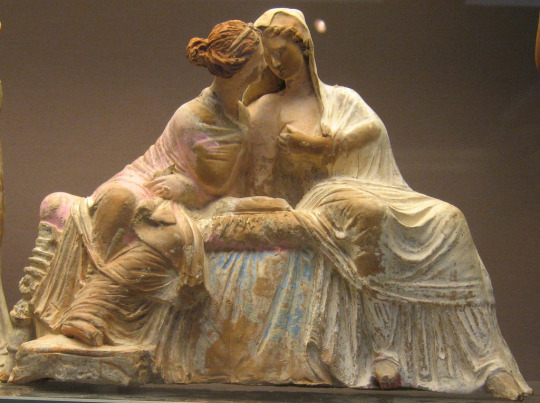#acab2021
Explore tagged Tumblr posts
Text
Commonplace Book
Hello everyone! This is my first post on this blog, and it is going to be a project for my college English course! Feel free to read through it if you’re interested; if not, that’s okay, this is really just for my professor ^^
.

Piece 1: “Big Guns, Small Dicks”
Unfortunately, this piece does not have a specific author or creator; I found it on State Street in Madison last summer. It is an anonymous piece of graffiti that speaks to the movement it was created during. For those who may be less familiar with Madison, Wisconsin, it is considered a very liberal and even leftist city, especially with how frequent and powerful the Black Lives Matter protests were. This was created during those protests, as well as hundreds of other works all along historic State Street. As ACAB - All Cops Are Bastards - protests went hand in hand (usually) with BLM protests, the phrase “Big guns, small dicks” is a jibe at the police and its racist foundations and use of excessive force.
It best relates to class through the conversations about race and equity we’ve had. Our readings have been centered around a diverse cast of authors instead of the one viewpoint of the cisgender, heterosexual white man, which is something the BLM movement also aimed to achieve. In addition, although it has not been a focal topic yet, we have talked about police brutality and how it impacts POC most; another key point of the BLM movement. Lastly, we talked about what mythic America, or the American Dream, really is, and why it is never realized for so many people. The Black Lives Matter movement is all about how the American Dream is something almost no one can truly achieve, and how it leads to othering and a sense of disillusionment with the effectiveness of our society.

Piece 2: Vonnegut’s Slapstick
For my second piece, I chose to utilize a work of a famous satire writer to draw comparisons to our coursework. As for the image, I took a picture of the copy I own and edited it. Kurt Vonnegut’s Slapstick centers around two twins who are geniuses together, but entirely stupid on their own; they are neglected by their parents, who are a family of renown and ashamed of having deformed children. Their parents look at them as if they are to be pitied for the very nature of their existence. They use this to sneak around and live lives of luxury, continuing this ruse of being entirely stupid so that they may live as freely as possible in their circumstances.
In this work, the children are quite literally tossed in a house and locked away to prevent others from seeing them; this is something I personally connect to the concept of silencing, which happened frequently during the BLM movement. Protesters, peaceful or not, were arrested; protests were escalated by cops far more often than by protesters, but that was generally ignored and used as a way to disregard the protests as nothing more than “riots”; large platforms such as Twitter and Instagram incorrectly labelled some posts as “misinformation”. Voices were silenced all over the internet. In addition, some white allies were not using their platforms to actually help/spread information, but were using them to spew white guilt and accomplish very little. As L. Ayu Saraswati says in her textbook Introduction to Women’s, Gender & Sexuality Studies, Interdisciplinary and Intersectional Approaches, “Guilt as a response to...racism...does very little to contribute to efforts toward social change as it recenters whiteness” (page 15), basically saying yes, these folks are speaking their mind and are at least partially aware of their privilege, but their feelings of guilt without taking action are not actually doing anything to help what they feel guilty for.

Piece 3: The Hymn to Demeter
My last selection will be an ancient work known as the Hymn to Demeter, and the version I am using is translated by Gregory Nagy. I am using this statue of Demeter and Persephone as the visual accompaniment to this analysis. This piece was originally written to be performed orally by a poet/performer as praise to Demeter. It details the kidnapping of Persephone, Demeter’s daughter, and the subsequent founding of the Cult of Demeter in the city Eleusis.
When Persephone is first kidnapped, it is said that “she cried with a piercing voice, / Calling upon her father, the son of Kronos, the highest and the best. / But not one of the immortal ones, or of human mortals, / heard her voice” (lines 20-23). To me, this draws clear parallels with the silencing of victims of police brutality and their families. Public outrage did nothing to bring accountability to Breonna Taylor’s killers or the flawed justice system that let them get away with it. The victim’s family was silenced and the movement to convict her killers has died down since it happened almost a year ago.
Additionally, it is later revealed to Demeter through Rhea that this kidnapping was not only endorsed by but planned by Zeus himself. As Greek households were patriarchal, it was not uncommon for a father to arrange a relationship/marriage without informing the daughter or allowing the daughter to meet her betrothed first. This endorsed act of violence can also be paralleled to the actions of the police; their brutality is actively supported by a flawed, racist justice system, just as the actions of Hades were actively supported by the all-powerful Zeus. What’s more, nobody stood up to Zeus or questioned his actions because of all the power he has, which is another perfect example of how this parallel functions.
Lastly, Demeter’s pure rage and grief is reminiscent of the rage and grief of the black mothers who lost their children to police brutality. Last semester, I attended a Theater of War performance known as “Antigone in Ferguson”, and after the performance was over, there was a discussion led by a panel of educators and victims of police brutality. Several of them were mothers who told painful stories of how their children, usually sons, were murdered and how they are still trying to find a way to keep living. Their powerful grief is parallel to Demeter’s; the only difference is that Demeter gets her child back.
A Meta-Commentary
My process in finding these works and deciding which would draw the best parallels was to find a bunch of subjects I thought would work well and then cut down on them. I knew the “big guns, small dicks” would be included for sure, as it was an image I took myself and had good parallels to draw right off the bat. It’s a good way to catch someone’s attention! And the message is powerful. Seeing all the graffiti on State Street last summer was impactful, but this simple phrase stood out to me and was (I believe) the only picture I took out of all the graffiti down there. The Kurt Vonnegut work I included because I like the comparison between how the twins are treated in the book and how folks who were active and open about their opinions were silenced; also, I’d be lying if I failed to mention that part of the reason is because I adore Kurt Vonnegut and wanted to find a way to bring a work of his into this. My third choice, the Hymn to Demeter, was chosen because it’s a cool way to connect one of my other classes to this one. In addition, it’s a good piece to reinterpret as an allegory for how the justice system enables the wrong people and fails the right ones.
Also, although I did not choose many direct quotes, I think the parallels I drew between the content of these works is substantial! I put a lot of thought into how I worded things and what content actually related best to the works of this class, specifically the themes we’ve discovered so far in Claudia Rankine’s Citizen. The heaviness of the book relates well to the power behind each of these pieces, especially the first one, as the message is plain and simple but impactful. The prose and structure of Rankine’s work is incredibly unique and not directly paralleled in any of the pieces I chose; however, the Hymn to Demeter is written in a very specific structure that is almost poetry? It’s a very confusing structure, because it does not seem to have any meter or consistency, but is still patterned in a specific way. This may be a result of translation, it may have been intentionally created this way by the original writer (who is not known; the transcript of this hymn was found in a stable in Moscow in 1777), or it could be a byproduct of the format itself as a hymn. The repetition Rankine takes advantage of in Citizen is actually something Vonnegut is known for as well. Several of his works have anaphoric phrases; Slaughterhouse V has both “po-tee-weet” and “and so it goes”, and Slapstick has the comedic “hi-ho”, used as a way to break the tension of the work, as it is supposed to be satire. This repetition and the more casual grammar these authors both share give their works a heavy feeling (cut far more frequently in Vonnegut’s than in Rankine’s) that also works as a conversational element, making both of the works feel like the audience is also in the narrative itself.
Commonplacing is a valuable step in making powerful literature more accessible to people! Providing unique and interesting analysis of a work makes it much easier for people to casually consume! Additionally, using platforms like Tumblr for this analysis makes things even more accessible, as anyone can see it and Tumblr allows posts to be any length! Opening thoughtful literature and analysis to the public like this also allows for good, guided conversation on a variety of subjects, and creates interest for the works in their entirety. This can easily inspire people to pick up a copy of their own of any of these works if someone is interested enough in how these can be interpreted! (If any of you are interested in the Hymn to Demeter, I used the one found at this website , it’s free ^-^)
.
A big thank you to any of you who read this all the way through (including you, professor)! I’ll be doing more fun and less serious literary analysis on this account as well, so if that’s something you’re interested in, stay tuned!
#kurt vonnegut#claudia rankine#citizen#slapstick#kurt vonnegut slapstick#claudia rankine citizen#blm2021#acab2021#greek myth#greek mythology#demeter#persephone#zeus#the hymn to demeter#big guns small dicks#literary analysis#yourlocalenglishmajor#madison wisconsin#state street#state street madison wisconsin#hi professor#this is literally just for college you don't have to pay any attention to this lmao
2 notes
·
View notes